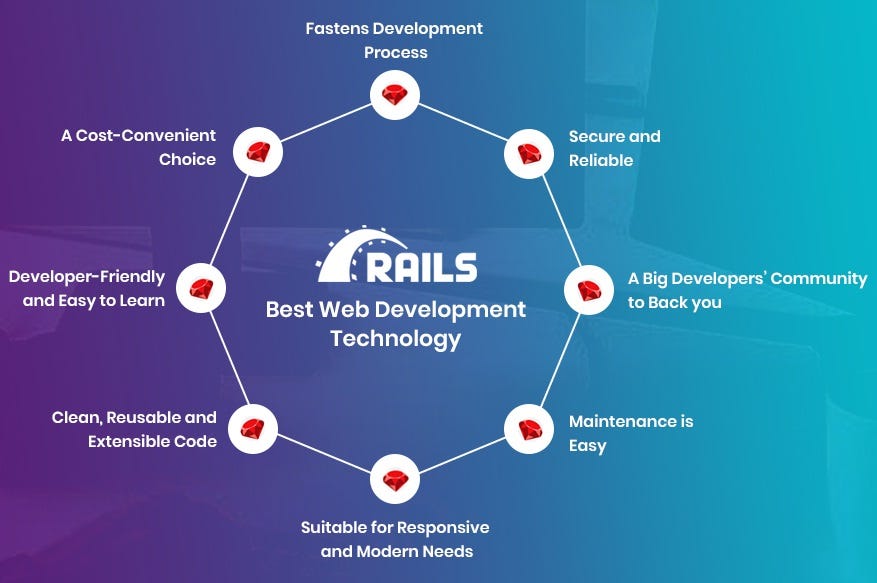News Blast: Your Daily Update
Stay informed with the latest news and trends.
Rails and Whales: Navigating the Ocean of Ruby on Rails Development
Dive into Rails and Whales for insider tips and tricks to master Ruby on Rails development. Explore, learn, and navigate your coding journey!
Exploring the Depths: A Beginner's Guide to Ruby on Rails Development
Ruby on Rails, often simply referred to as Rails, is a powerful web application framework built on the Ruby programming language. For beginners, diving into the depths of Rails can seem daunting, but understanding its core principles is essential for mastering web development. This framework follows the Convention over Configuration and Don't Repeat Yourself (DRY) principles, which streamline the coding process and significantly reduce the amount of boilerplate code developers need to write. To get started, ensure you have a solid understanding of Ruby itself, as a strong foundation will make learning Rails much smoother.
Once you grasp the basics of Ruby, it's time to familiarize yourself with the Rails architecture. Rails is structured around the MVC (Model-View-Controller) design pattern, which separates the application into three interconnected components. Here is a brief overview of each:
- Model: Manages the data and business logic, interacting with the database.
- View: Responsible for the presentation layer, displaying data to users.
- Controller: Acts as an intermediary between the Model and View, processing user input and generating responses.
By understanding these components, you'll be well on your way to building robust applications with Ruby on Rails.

Common Pitfalls in Ruby on Rails: How to Avoid Them
When developing applications with Ruby on Rails, one of the common pitfalls developers face is over-reliance on conventions. Rails promotes convention over configuration, which can lead to developers avoiding necessary customization. This can result in applications that are difficult to extend or maintain in the long run. To avoid this, always ensure that you fully understand the default conventions of Rails and carefully assess whether they align with your application's specific needs. Experimenting with configurations might be daunting, but it can promote a more robust and adaptable codebase.
Another significant pitfall lies in neglecting testing. Many developers rush to build features without writing appropriate tests, resulting in code that may seem functional but is prone to errors and bugs when changes or upgrades are introduced. To mitigate this, embrace Test-Driven Development (TDD) practices from the get-go, ensuring that tests drive the evolution of your application. Remember, investing time in testing early on will ultimately save hours of troubleshooting and debugging later, maintaining the overall quality and reliability of your Ruby on Rails application.
What Makes Ruby on Rails a Preferred Framework for Web Development?
Ruby on Rails has gained immense popularity among web developers due to its convention over configuration principle, which significantly speeds up the development process. This framework allows developers to focus on writing application logic rather than getting bogged down by intricate configuration settings. Additionally, Rails promotes the use of RESTful application design, making it easier to build scalable and maintainable web applications. The built-in libraries and gems provide a wide array of functionalities that can be easily integrated into projects, allowing for rapid prototyping and deployment.
Another reason for the preference of Ruby on Rails is its vibrant and supportive community. The community continually contributes to the framework through numerous open-source libraries, improving functionality and security. Moreover, the Rails community is known for its strong emphasis on best practices and agile development, which further enhances project collaboration and code quality. Consequently, Ruby on Rails not only empowers developers to create robust applications efficiently but also ensures that they can rely on a wealth of resources and support throughout their development journey.